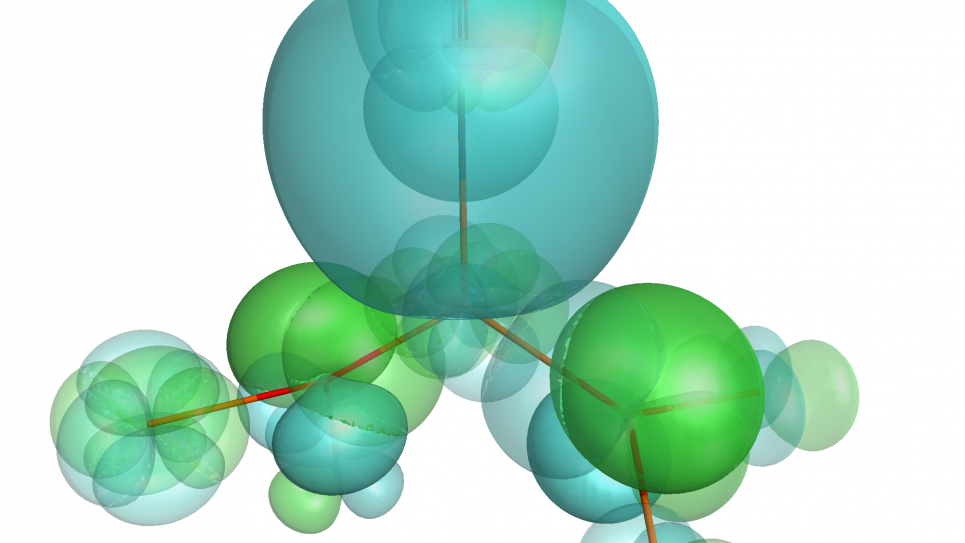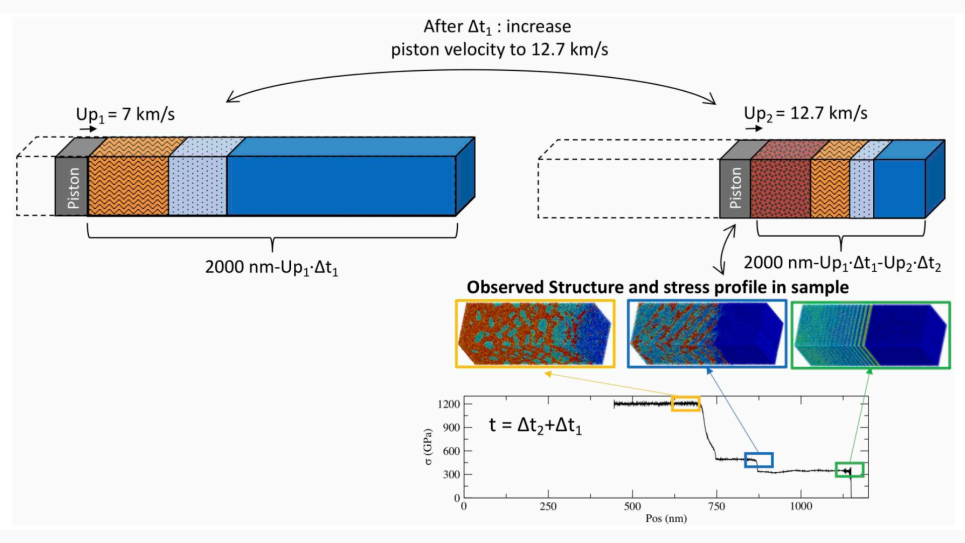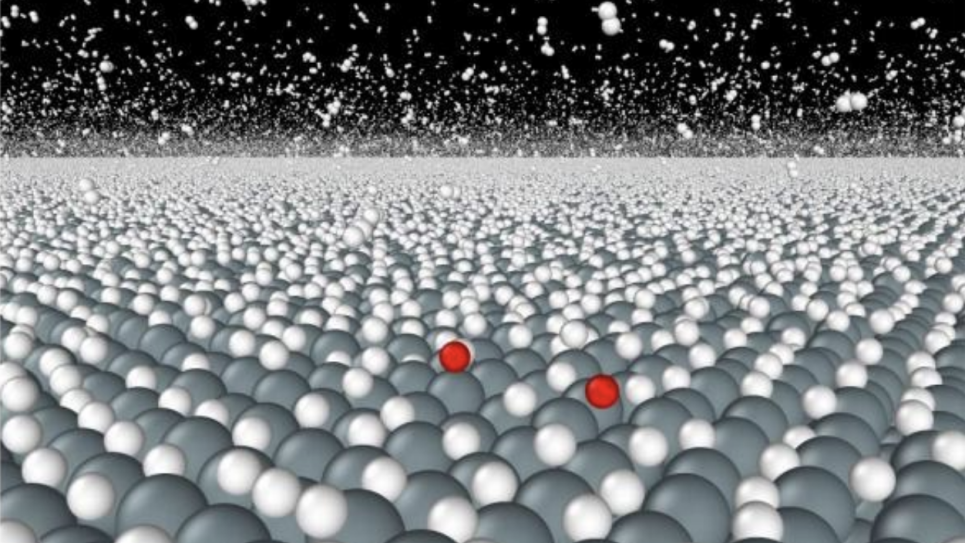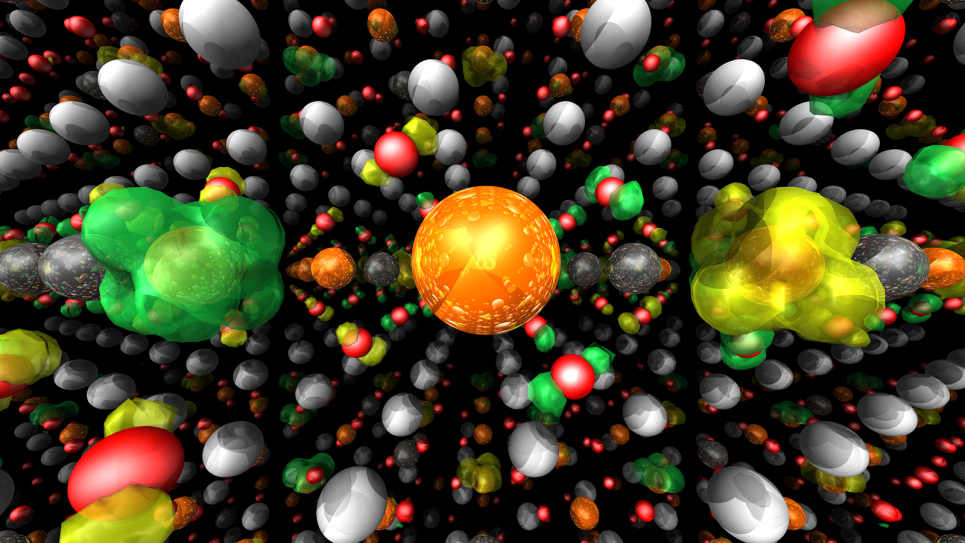
Combining High Accuracy Electronic Structure Methods to Study Surface Reactions
The goal of this project is to push the accuracy and scalability frontiers on the The goal of this project is to push the accuracy and scalability frontiers on the quantum mechanical calculation of realistic materials to advance lithium battery and solar fuel generation technologies. Using highly accurate quantum Monte Carlo (QMC) calculations together with anew approach for scalable multi-configurational wavefunction determination, the variational subspace valence bond (VSVB) method, the team aims to study surface reactions on transition metal oxides. Both QMC and VSVB are highly parallel and well suited to execution on the latest supercomputer resources.
The durable storage of substantial quantities of energy typically requires chemical bond formation and breaking. These reactions frequently occur on the surface of transition metaloxides, which often exhibit strong correlation and charge localization due to d electrons, which are in turn embedded in, and interact with, an extended electronic system. This combination of factors explains why the accurate first principles treatment of surface reactions has remained a challenge, with mean field approaches such as density functional theory (DFT) requiring various corrections.
Using QMC+VSVB, the team proposes to calculate adsorption energies at key steps in the oxygen reduction and evolution reactions on lithium-iron and lithium-manganese oxidesurfaces, as well as in the carbon dioxide reduction on cuprous oxide surfaces. These highly accurate energies will allow the team to evaluate the accuracies of various existing corrections to DFT in order to inform future modeling efforts. Additionally, these highly accurate energies will also enable the team to determine rate limitations in these surface reactions, and surface-dependence of the activity.


